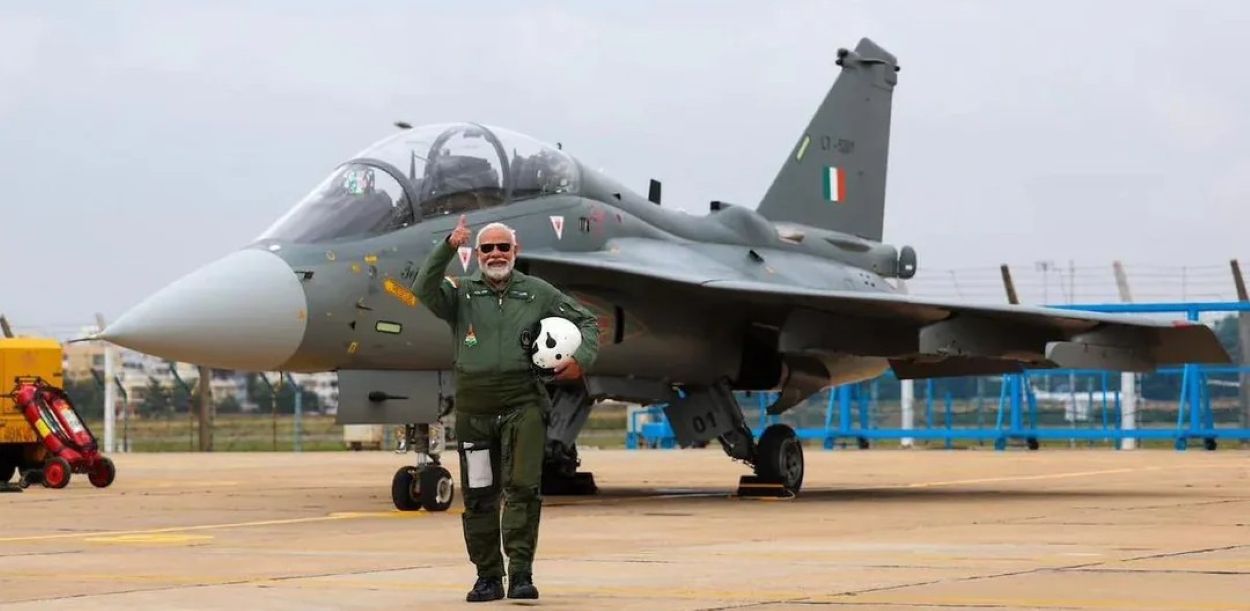On Thursday, September 25, 2025, India signed a $7 billion contract for 97 domestically built Tejas fighter jets. The deal with Hindustan Aeronautics Limited (HAL) includes 68 single-seat and 29 twin-seat Tejas Mk-1A aircraft, marking one of India’s largest fighter jet orders.
The Indian Air Force (IAF) is retiring its Soviet-era MiG-21s, which have been in service since the 1960s. A flypast in Chandigarh on Friday will mark their final flight, with 36 MiGs left. The MiG-21s, involved in 874 inductions and 400 crashes, were nicknamed “flying coffins” after 200 pilot deaths.
The Tejas, meaning “brilliance” in Hindi, has over 64% indigenous content. Deliveries are scheduled to start in 2027 and conclude in 2033. Defence Minister Rajnath Singh described it as the IAF’s future “mainstay,” thereby boosting national defence and local manufacturing. Over 100 Indian companies contributed to its production.
India signs $7 bln deal for homegrown Tejas fighter jets https://t.co/2HgXIwuBwJ https://t.co/2HgXIwuBwJ
— Reuters (@Reuters) September 25, 2025India, a top arms importer, faces threats from Pakistan, with whom it fought a four-day conflict in May 2025. Both claimed victories. The Tejas order aligns with India’s push for self-reliance, following deals such as the 26 Rafale jets from France and plans for local jet engine production.
India’s defence sector is booming. Recent milestones include the construction of a helicopter factory, an aircraft carrier, warships, submarines, and a successful test of a hypersonic missile. On Wednesday, an Agni-Prime missile with a 2,000-km range was tested on a railway system, showcasing innovation.
Read: Pakistan Air Force warns India: Next time, the score will be 60-0
The $7 billion Tejas deal strengthens India’s air force and economy. Replacing crash-prone MiG-21s enhances safety and capability. With 60% of India’s defence budget now allocated to local production (according to SIPRI), it’s a step toward self-reliance amid regional tensions.






